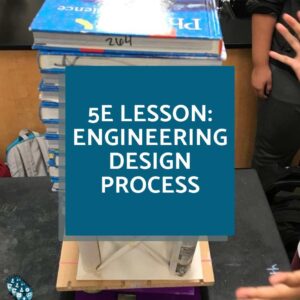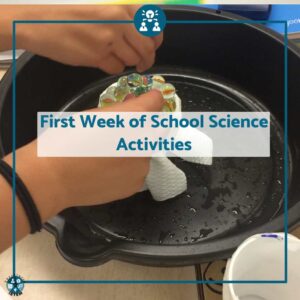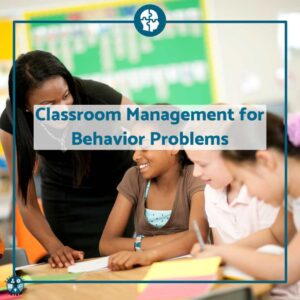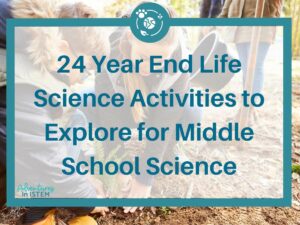Help your students master analyzing graphs and diagrams and writing claim evidence reasoning scientific explanations with these free practice problems


Teaching heat transfer by conduction, convection, and radiation is one topic that excites my students. It’s important to help them understand how energy moves through our world. I’ve found that using the 5E lesson plan model—Engage, Explore, Explain, Elaborate, and Evaluate—to help me teach thermal energy transfer makes this big

Halloween is my favorite holiday of the year and I love bringing in some Halloween science experiments for some spooky chemistry into my classroom! Whether it’s bubbling potions or eerie color changes, these activities captivate my students and help keep them engaged during the long month of October between school

The leaves are starting to change color and that means it’s time for my favorite season, fall, and my favorite holiday, Halloween. If you’re looking to sprinkle a little seasonal magic into your lessons, I’ve got five Halloween science projects that are just right for fall. #1: Pumpkin chunkin’ with

Have you ever considered the potential of dollar store items for teaching engaging simple chemistry activities? These affordable and accessible materials can transform an ordinary classroom into a dynamic science lab. Here’s a guide to simple chemistry experiments you can easily set up, providing students with hands-on learning experiences demonstrating real-world

I have found that my students struggle to write clear claims, evidence to support their claims that includes data from graphs or tables, and reasoning sentences that explain how the evidence supports the claim. This is why I have decided to scaffold how I teach my students how to properly

The engineering design process is an important part of science and STEM education. It helps students think like scientists and develop critical thinking and problem-solving skills. One way to teach it is by having the students design a bridge that can withstand the tremors of an earthquake, structured around the

One way to help students understand the steps of the scientific method is through using science stations. I like to use the blended learning science rotation model that offers three different stations; group station, online station, and a teacher-led station. Teaching the Steps of the Scientific Method Step 1: Setting

Back to School Science Excitement in Middle School As the first week of school approaches, I am filled with mixed emotions. This summer seemed to fly by, and although I am eager to meet my new students, I am not eager for summer to end. This year, to jumpstart my

An essential ingredient of having a great school year is having an effective classroom management strategy. Whether you are a new teacher just starting out or have been in the classroom for 30 years. Classroom management is something that should always be a work in progress. Having an effective classroom

Teachers, are you curious about the flipped classroom model and whether it’s the right fit for you? If you’re considering whether the flipped classroom model is right for you, you’re in the right place. In this post, we’ll address key questions about its definition, benefits, drawbacks, real-world applications, and implementation

As the school year draws to a close, us middle school science teachers, or any teacher for that matter, have a great opportunity to set ourselves up for success in the upcoming academic year. By completing essential end-of-year tasks, we can make our life easier when we return to the

Can you feel the excitement in the air? As the school year winds down, your students are eagerly anticipating the summer break ahead. But with a month left to go and state testing out of the way, how do you keep their minds engaged and their enthusiasm for learning alive?
Receive teaching ideas, resources, and free materials delivered right to your inbox every two weeks!
© Adventures in ISTEM • Website by KristenDoyle.co